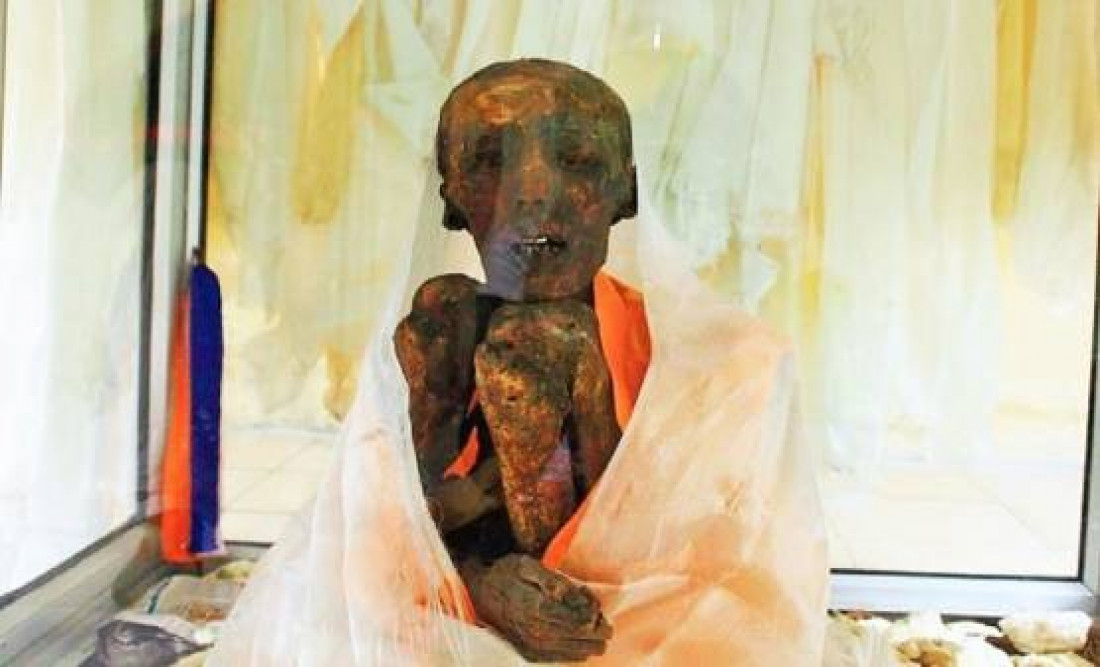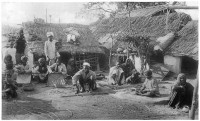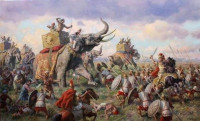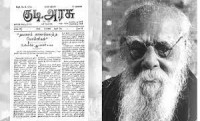India's Hidden Secrets of Natural Mummification

What's the first thing that comes to your mind when I say the word "mummy"? The pyramids of Egypt? Blockbuster franchise based on the same concept? Or your lovable, affectionate, adorable mom? If it's the first and the second, you are on the verge of getting a real treat. Today I present to you India's special mummy! Yes, you read it right. We have a mummy here in the land of diversity. Who would have thought that people would spend a lot of money to go to Egypt and see it, is here in our country. It may sound amazing, but it is absolutely real. Even more interesting is the fact that it is a 500-year-old mummy, which was discovered only 43 years ago. Without further ado, let us unveil the discovery and creation of an invaluable Indian artifact, whose mere presence is a feather added to the cover of India's multifaceted history.
Gue is a small village in the Spiti Valley of Himachal Pradesh, almost on the Indo-Chinese border. A peaceful village, happily located in the foothills of the beautiful Himalayas, controlled by the Indo-Tibetan Border Police, it is a hard-to-reach place. A rickety 12-hour trek along one of the most treacherous routes in the Kinnaur chain is the only way to visit this mysterious little town. And this is where India's very special mummy is. Some of the big cities are not very touristy. Nowhere is far, far, magical. But a simple, modest and quiet village houses the country's only mummy.
A picture of Lama Tenzin kept in a glass cage at the temple.
Another such monk that was embalmed by the natural process, was found in Mongolia.
A distant photo takes the background of the temple where Tenzin Lama is located.

Manoj Bhiva
Manoj Bhiva is a dedicated writer who loves to write on any subject. Manoj Bhiva maintains a similar hold on politics, entertainment, health, abroad articles. Manoj Bhiva has total experience of 3 years in web and Social. Manoj Bhiva works as a writer in Wordict Post.
Congresswoman Alma Adams from North Carolina is found to have COVID-19
Posted on 15th Aug 2022









